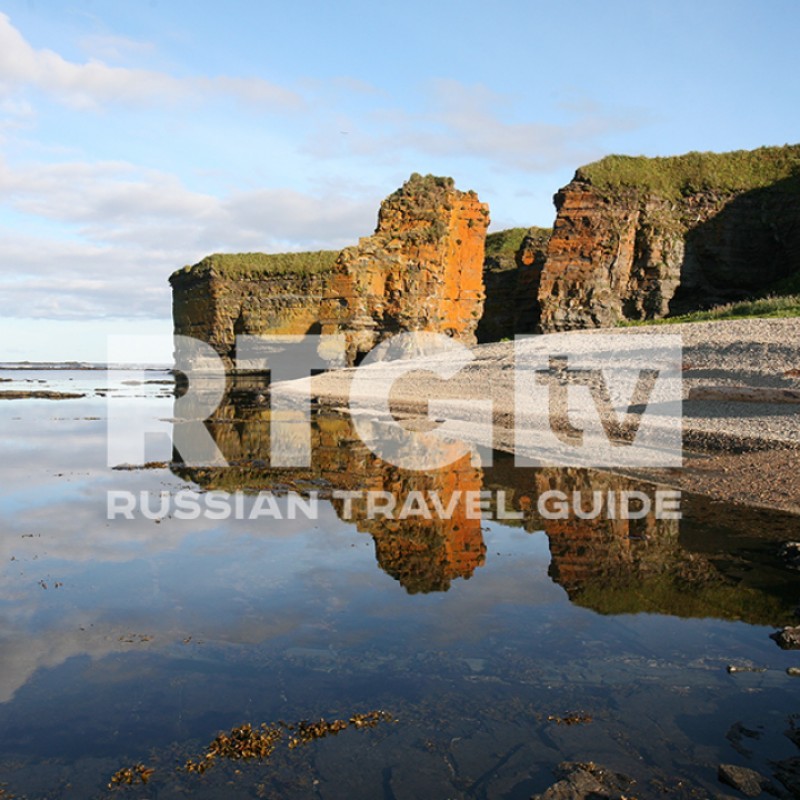
History
History
Year 2010
Duration 00:23:15
In the Middle Ages the Volkhov River used to be a part of famous trade route from the Varangians to the Greeks that connected North Rus' with South, Scandinavia with the Byzantine Empire. The first settlements appeared as early as in 8th century. According to the legend it was in the Kurgan* at the bank of Volkhov where Oleg of Novgorod was buried who was famous for his foretelling abilities. A famous painter and a philosopher Nikolai Rerikh wrote about this place: «There always was something that reminded of past time. Here it is the historic spirit. Along with the sense of respect you are filled with some wonderful peace, as if you're looking into the distance without foreground. This is the sense of native antiquity that you feel looking at Old Ladoga». *Kurgan is a East Slavic word (of Turkic origin) for a tumulus, a type of burial mound or barrow, heaped over a burial chamber, often of wood.
Presenter Andrey Ivanov
Year 2010
Duration 00:23:15
Presenter Andrey Ivanov
In the Middle Ages the Volkhov River used to be a part of famous trade route from the Varangians to the Greeks that connected North Rus' with South, Scandinavia with the Byzantine Empire. The first settlements appeared as early as in 8th century. According to the legend it was in the Kurgan* at the bank of Volkhov where Oleg of Novgorod was buried who was famous for his foretelling abilities. A famous painter and a philosopher Nikolai Rerikh wrote about this place: «There always was something that reminded of past time. Here it is the historic spirit. Along with the sense of respect you are filled with some wonderful peace, as if you're looking into the distance without foreground. This is the sense of native antiquity that you feel looking at Old Ladoga». *Kurgan is a East Slavic word (of Turkic origin) for a tumulus, a type of burial mound or barrow, heaped over a burial chamber, often of wood.
You may also like